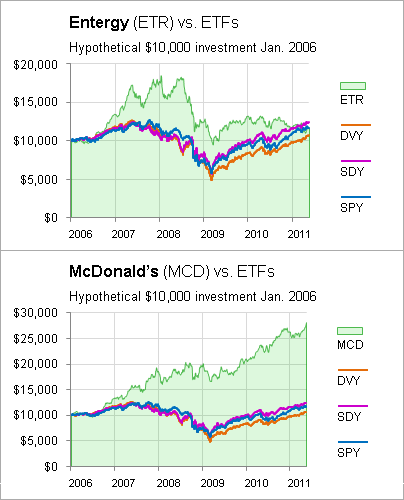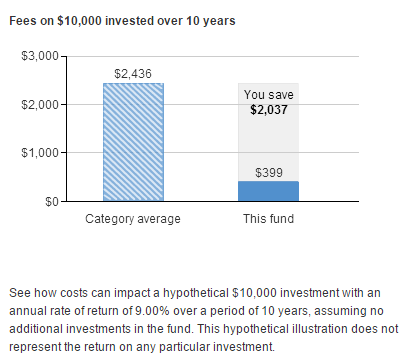How to Invest $10 000 in Individual Stocks
Post on: 25 Июль, 2015 No Comment

Investing in the stock market is really the only way to preserve and grow wealth over long periods of time. Retirement investing typically in a 401k account should be done in a set of mutual funds that include mostly stocks while you are young and then gradually include more bonds and fixed income assets as you approach retirement age. There is much to be said, however, for owning individual stocks as well in an investment portfolio separate from your retirement savings.
It is true that individual stocks are more risky than mutual funds. While the market as a whole tends to go upward over a period of time, individual stocks can lag or decline. Sometimes a company will even go out of business entirely. Still, buy the right stock and you can retire early on the profits. Think of buying Home Depot or Microsoft in the 1980s and then holding the shares over the next twenty years as the stock grew and split. Buy one Microsoft and it will make up for a few ioMegas and Pet Dotcoms.
Investing in individual stocks requires at least $2,000-$5000 per stock. You want to be able to buy at least 100 shares to reduce the percentage you are paying in fees when you buy or sell. Given $10,000, you can buy into about three different stocks.
When you invest in individual stocks, you want to take advantage of the advantages you have. These are:
1) You can hold for long periods of time and let the business grow. As the business becomes more profitable and expands, the share price will follow.
2) You can buy the best stock in a given market segment.
3) You can minimize your fees and taxes (again, through long-term investing).
The best strategy is to find three stocks in different markets (for example, a restaurant, a bank, and an IT business) that are well run (as evidenced by a string of profitable quarters with strong earnings growth) and that have a lot of room to grow. You then buy into each of these companies, purchasing around 100 shares of each.
Once you have established the initial positions, you then continue to save and add to them. Basically each time you save up $2,000-$3,000, you buy another 100 shares of whichever company is at the best price level at the time. You continue this until you have a reasonably large position. This would be large enough to make a meaningful difference if you are right and the company grows, but small enough that you could afford to lose the whole position should something go wrong. Normally this would be in the 500-1000 share range.

At that point, all that is left is to sit and wait. Plan on being a stock holder for ten or more years in the companies. They need time to grow. There will be ups and downs as the economy goes through different bull and bear markets. In bull markets, your companies can grow and expand, boosting profits and causing their share prices to increase. In bear markets, your companies can take market share from their competitors as weaker companies go out-of-business. It takes a long time, so you need to be patient. Plan on holding onto the shares unless something fundamentally changes with the company. Do not concern yourself too much with the share price. You arent planning on selling anytime soon.
This doesnt mean that you should stop building your portfolio. Keep saving and investing in new stocks regularly. Also keep building up your retirement accounts and the mutual fund balances in them. Wealth building is a lifelong process, not something you do once.
Investing in individual stocks provides an opportunity to make large, life-changing profits. It allows the individual to be an entrepreneur without actually starting a company. It also provides a way to make your wealth grow faster than would be possible with your salary and savings alone.
Contact me at VTSIoriginal@yahoo.com or leave a comment.
Disclaimer: This blog is not meant to give financial planning advice, it gives information on a specific investment strategy and picking stocks. It is not a solicitation to buy or sell stocks or any security. Financial planning advice should be sought from a certified financial planner, which the author is not. All investments involve risk and the reader as urged to consider risks carefully and seek the advice of experts if needed before investing.














